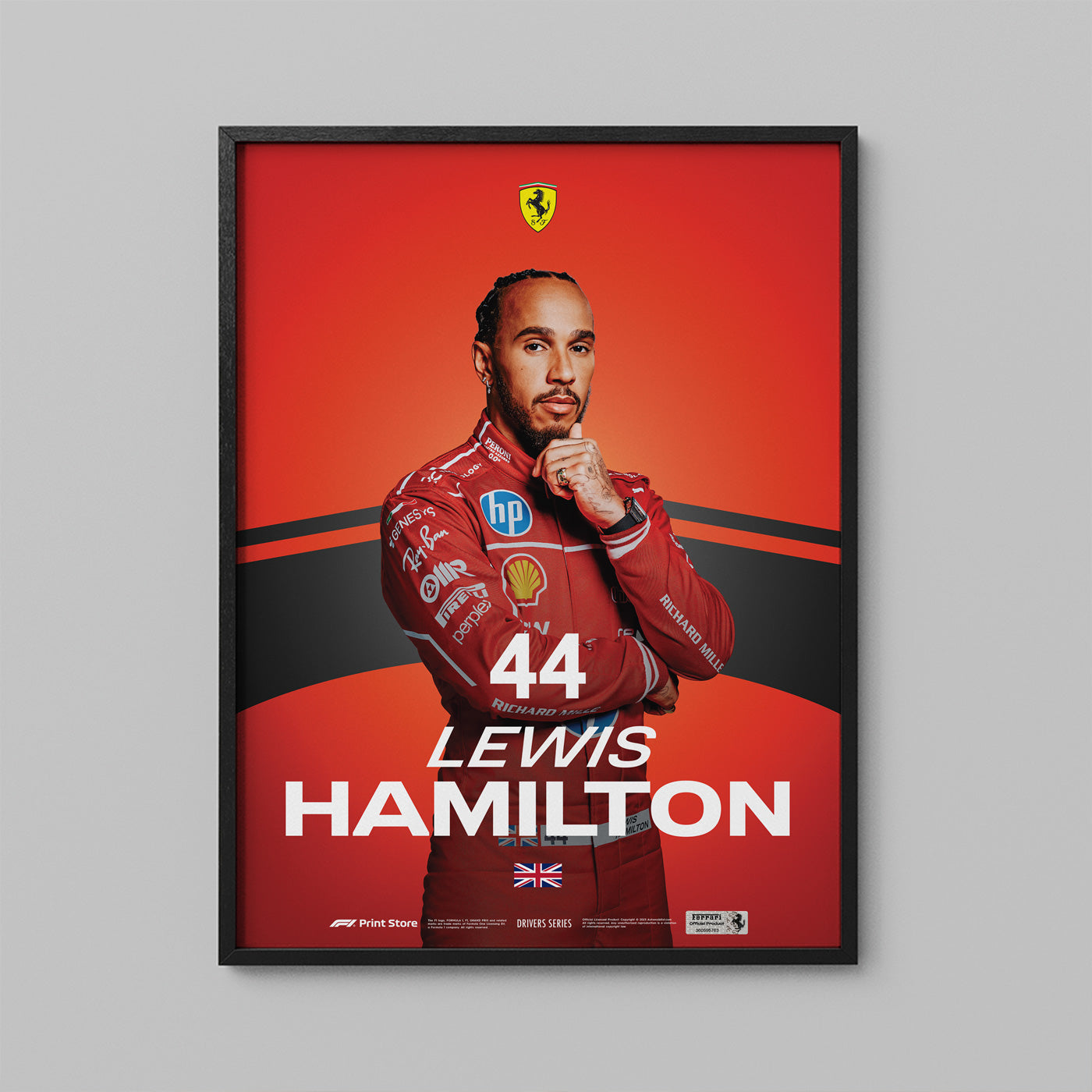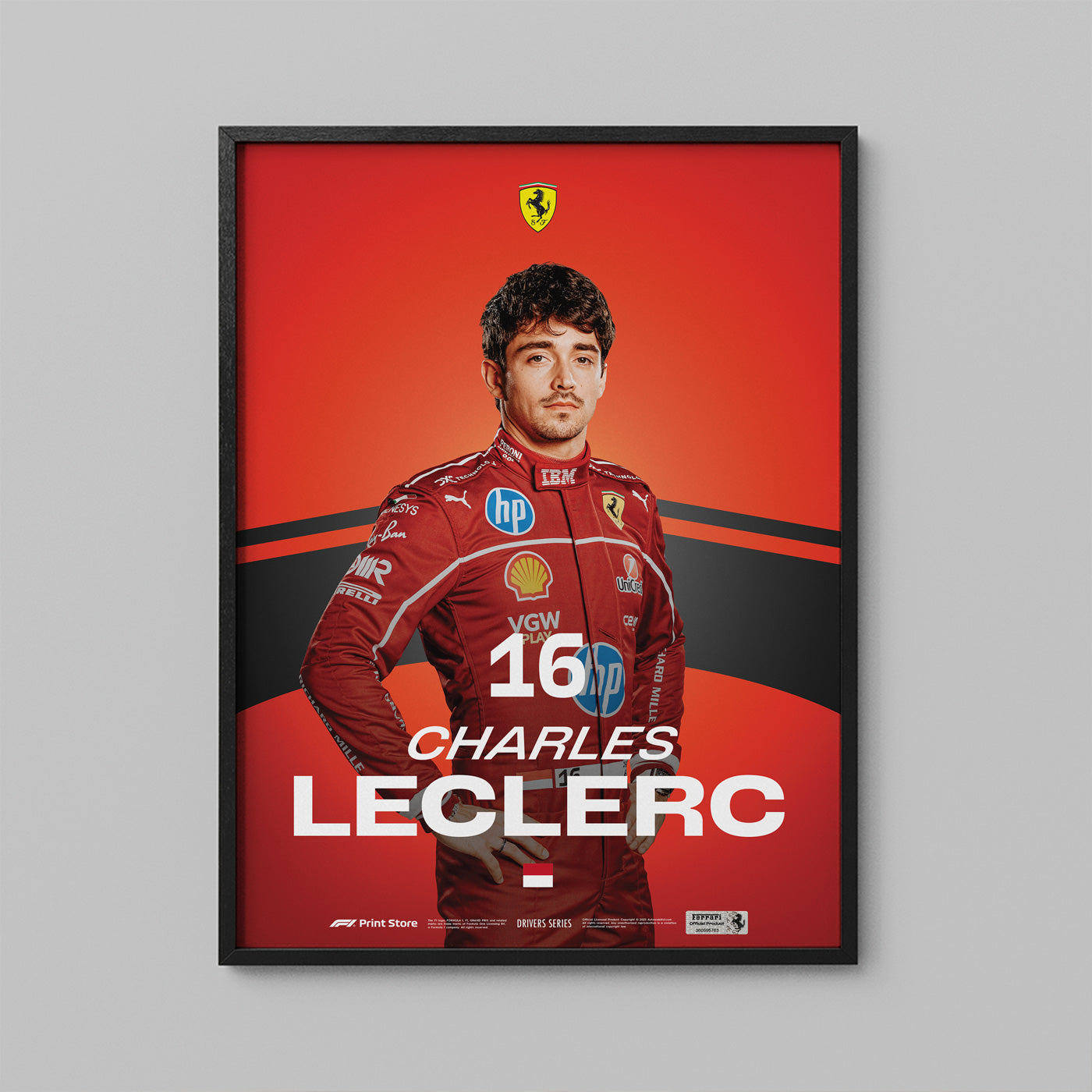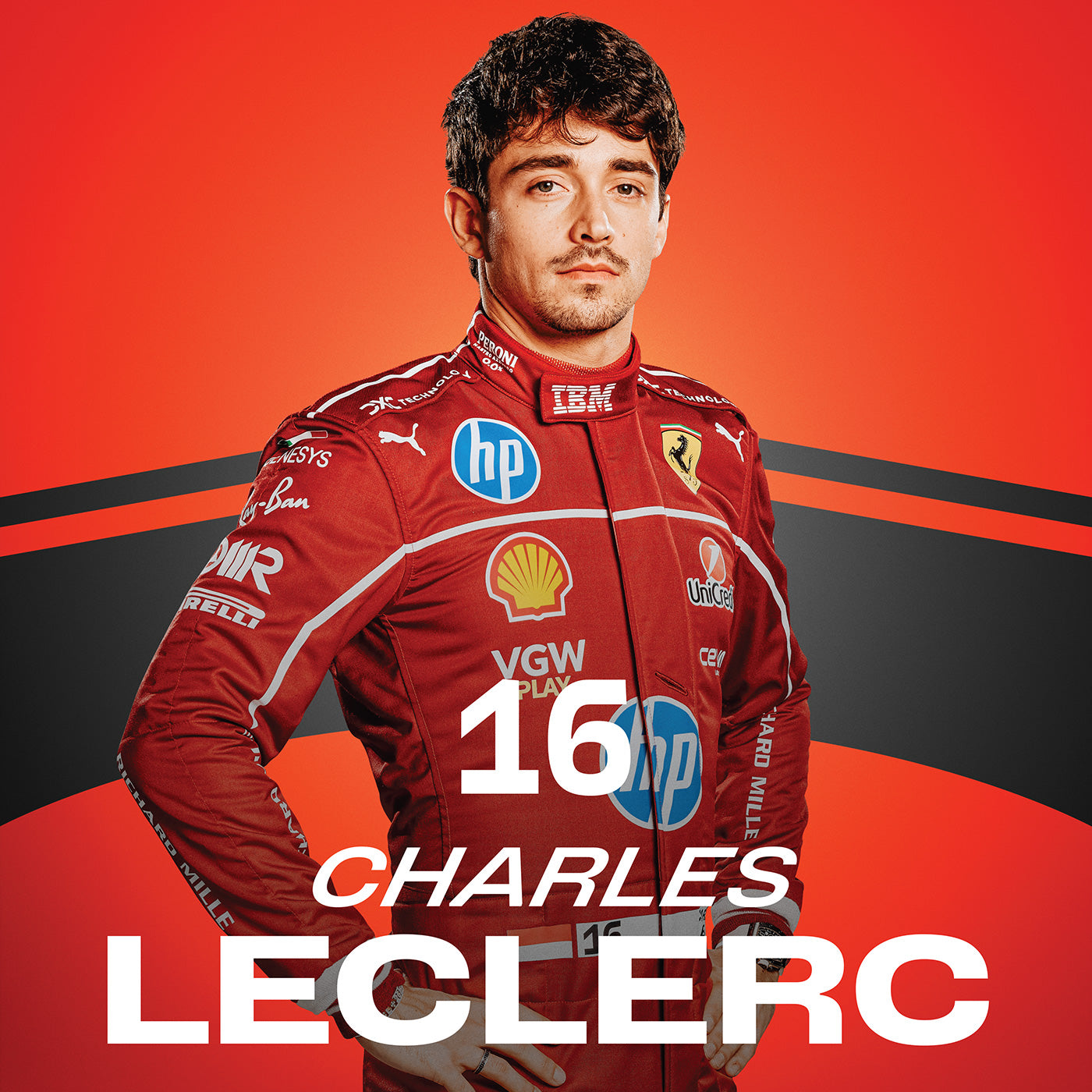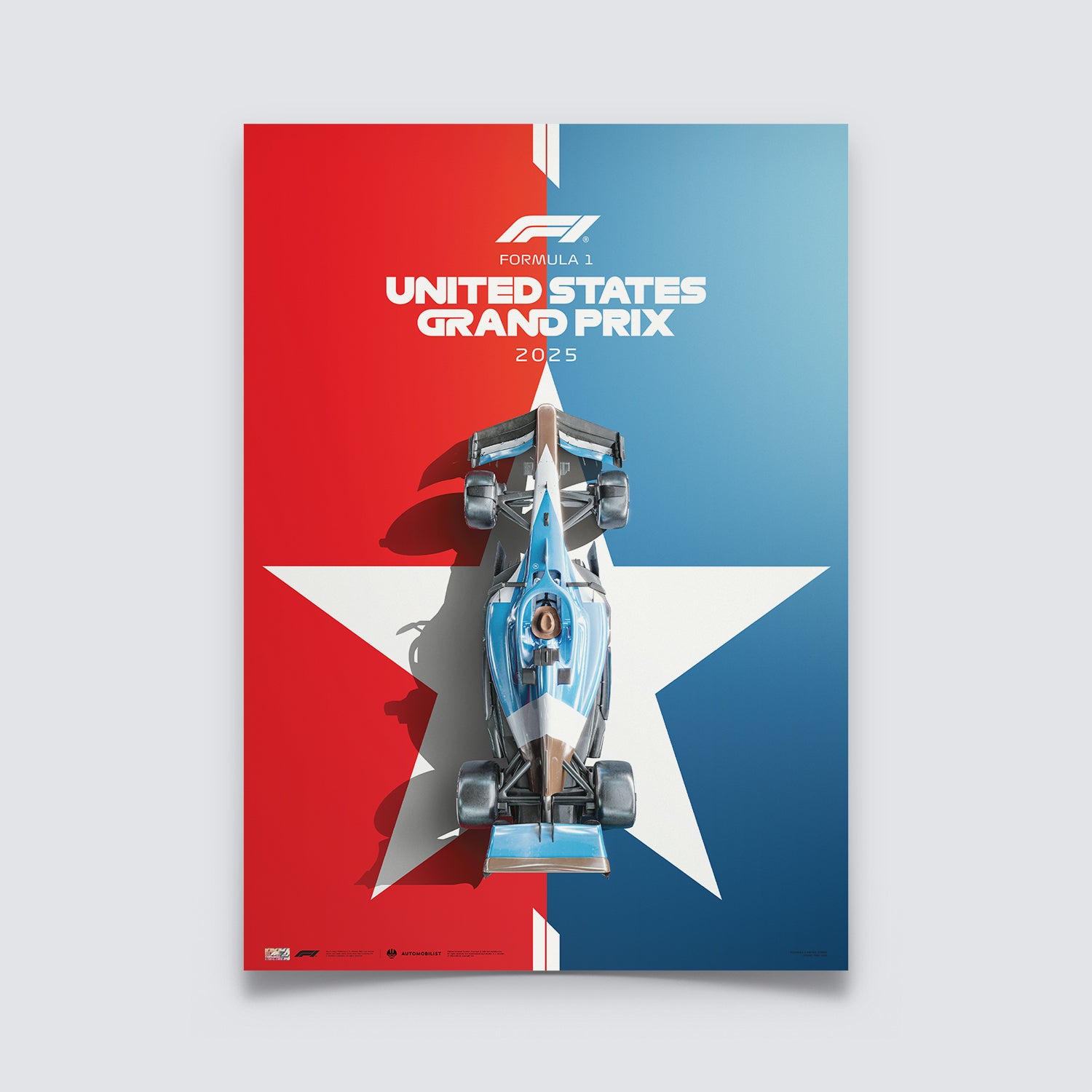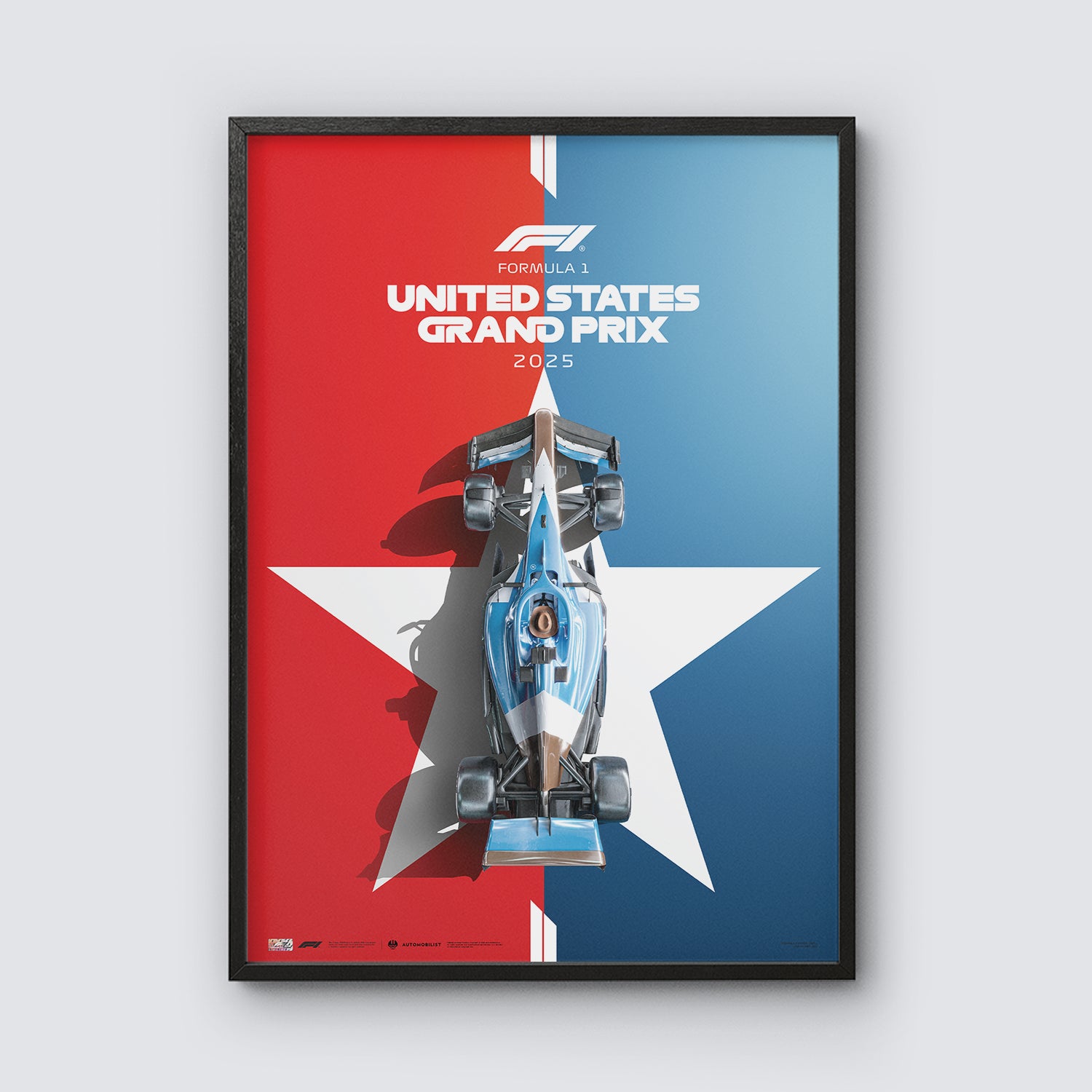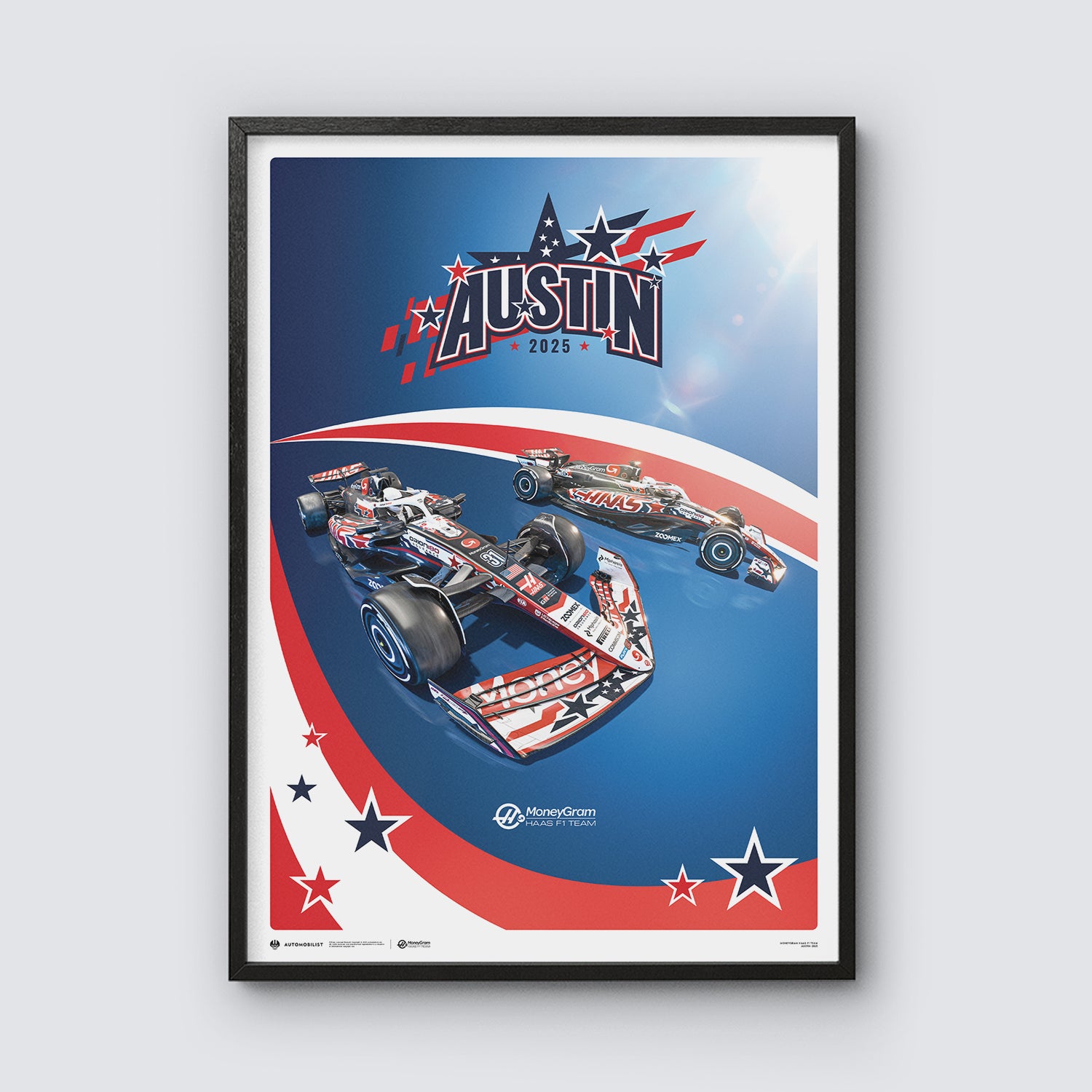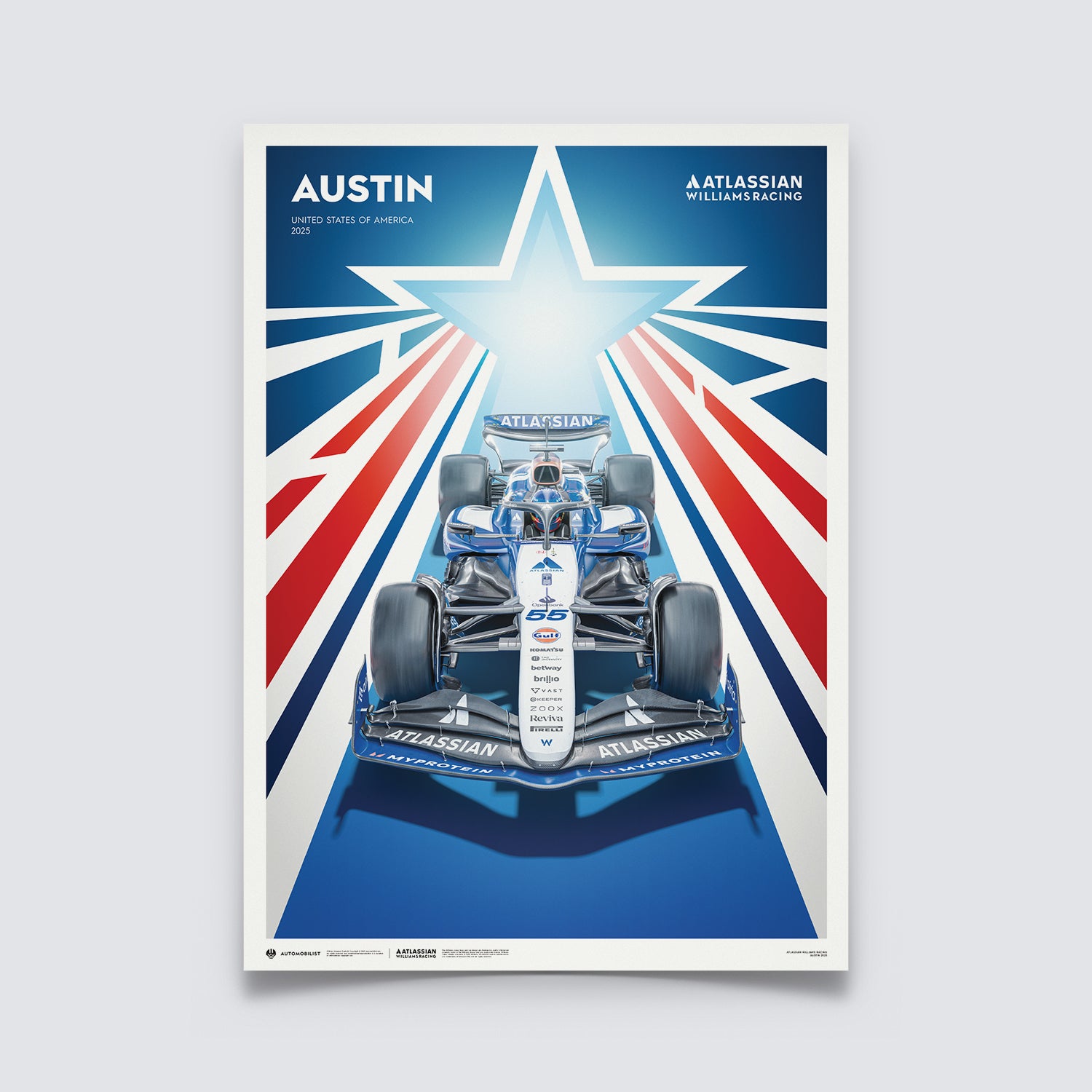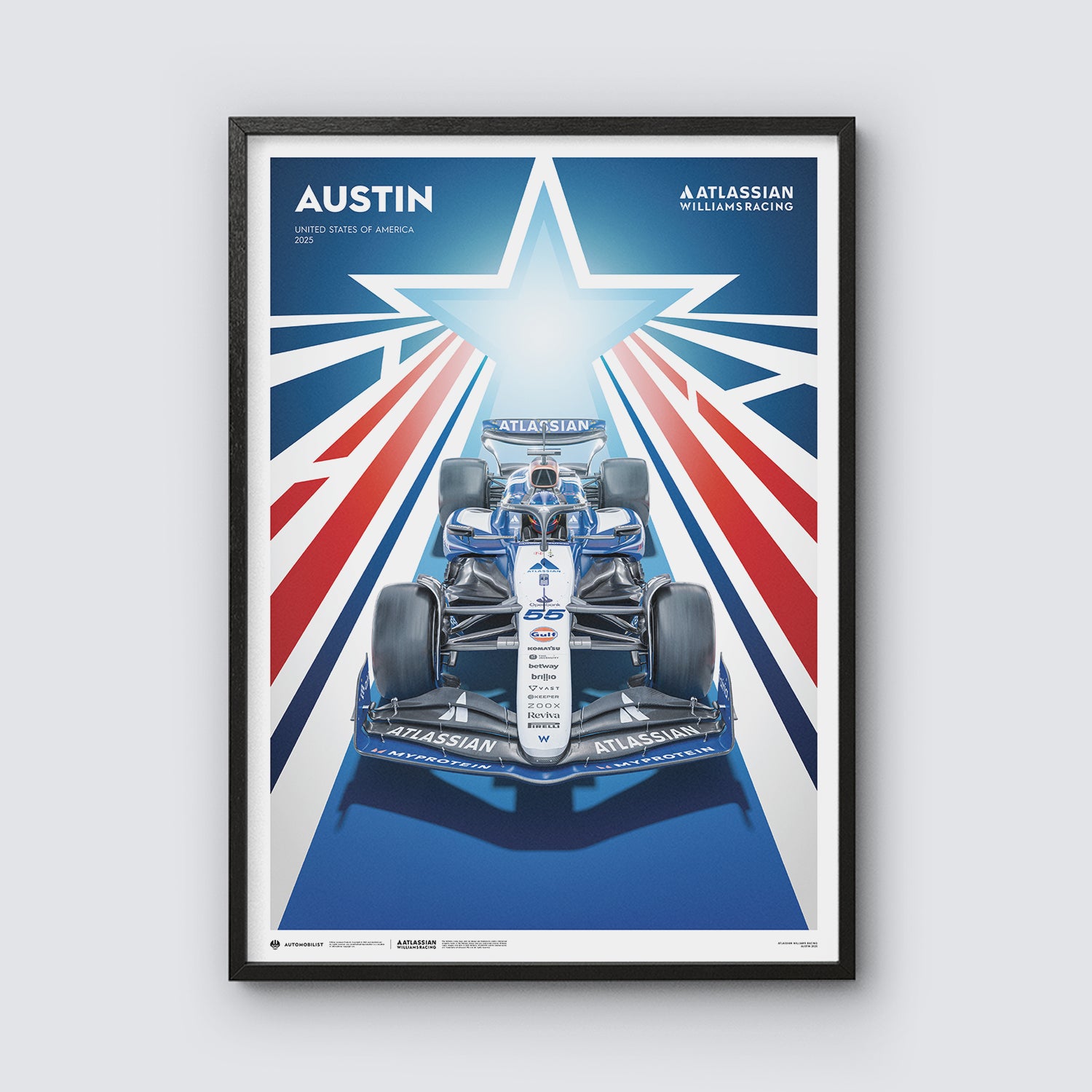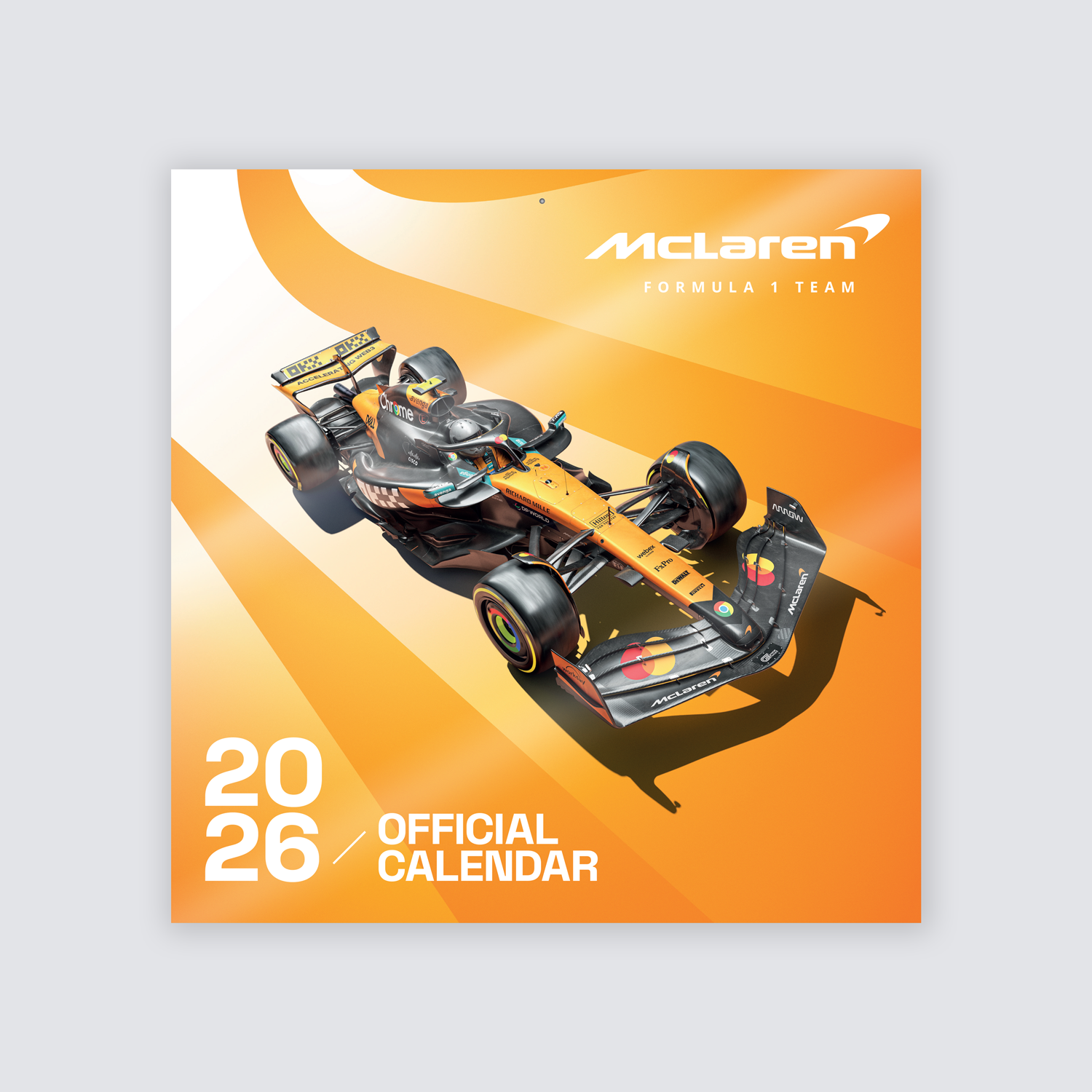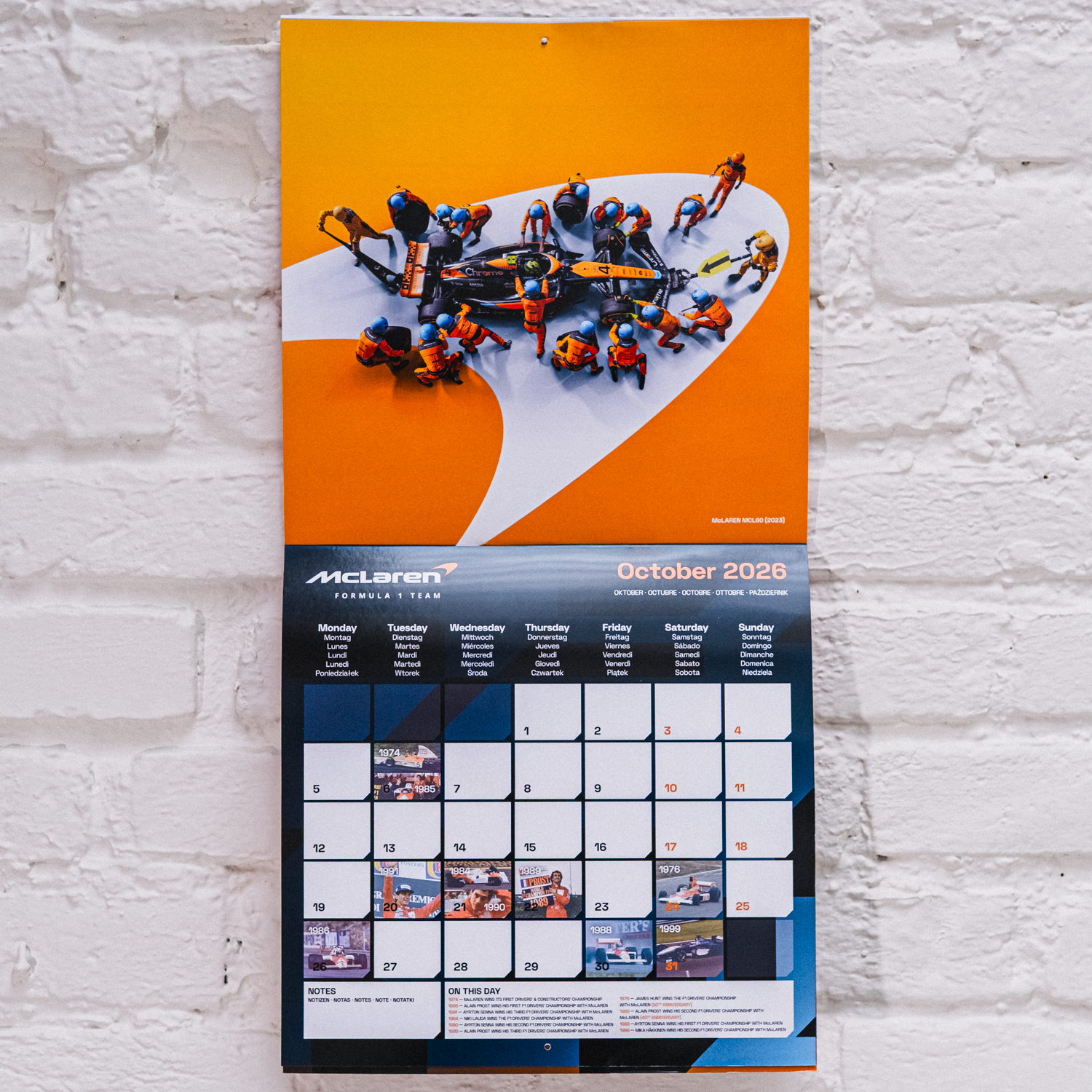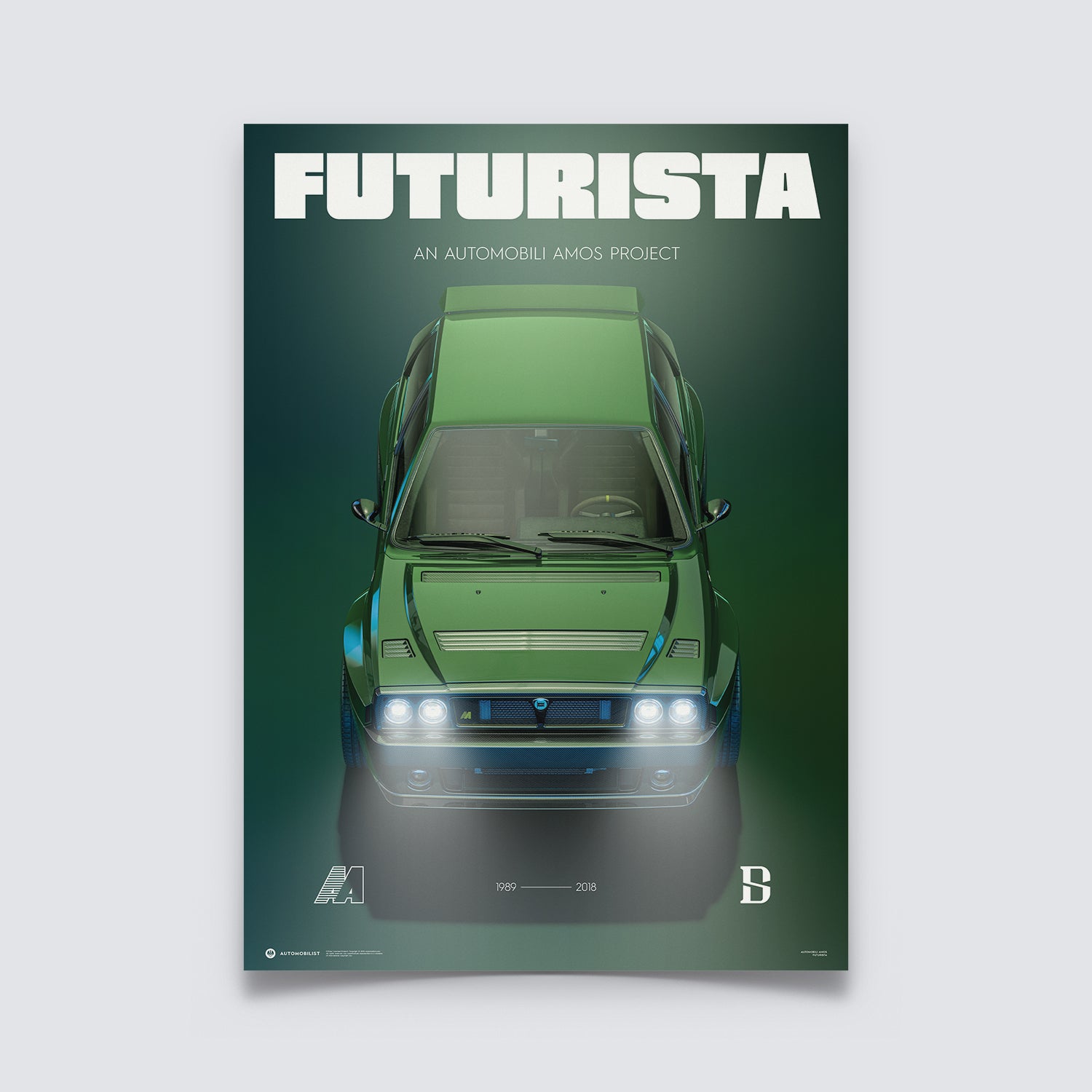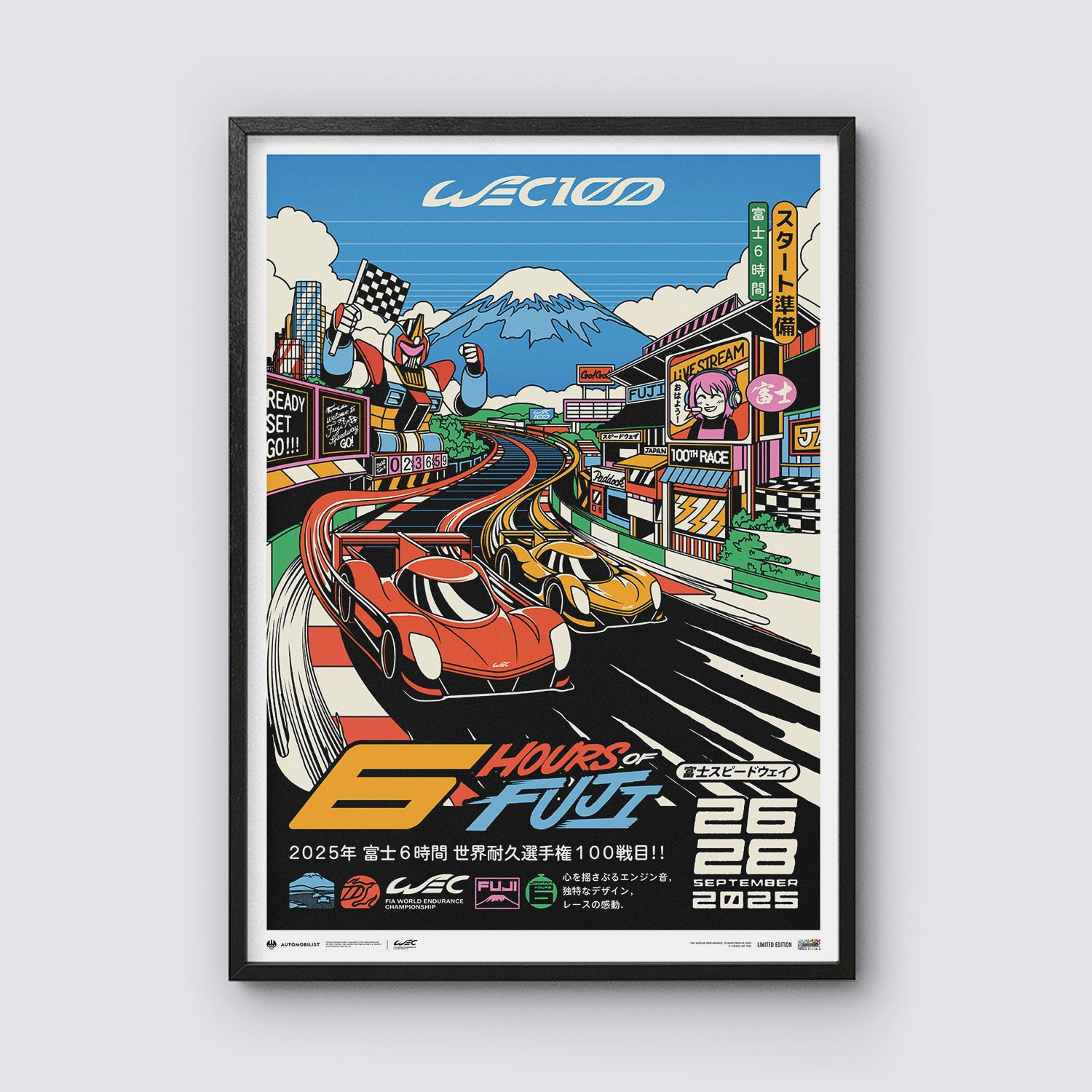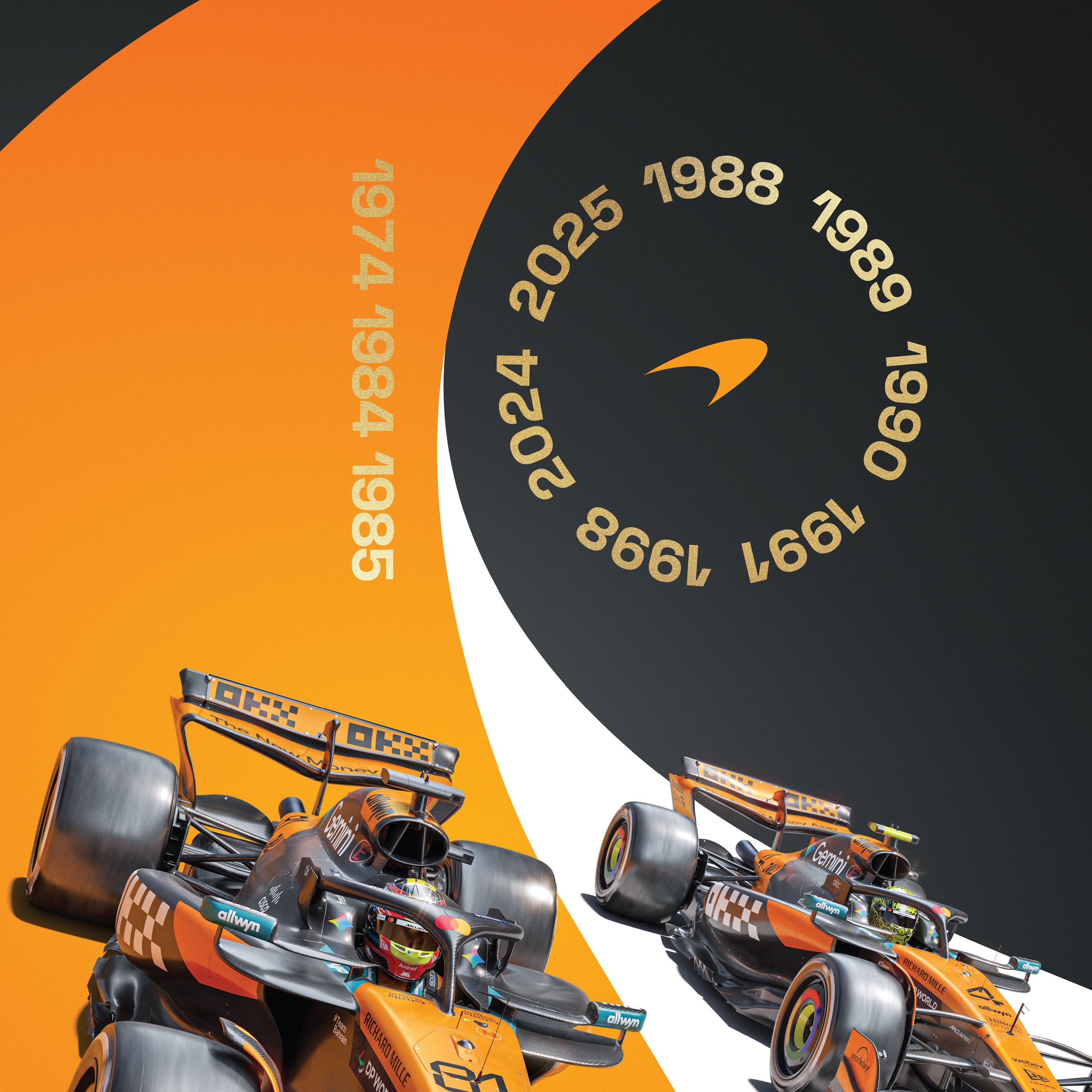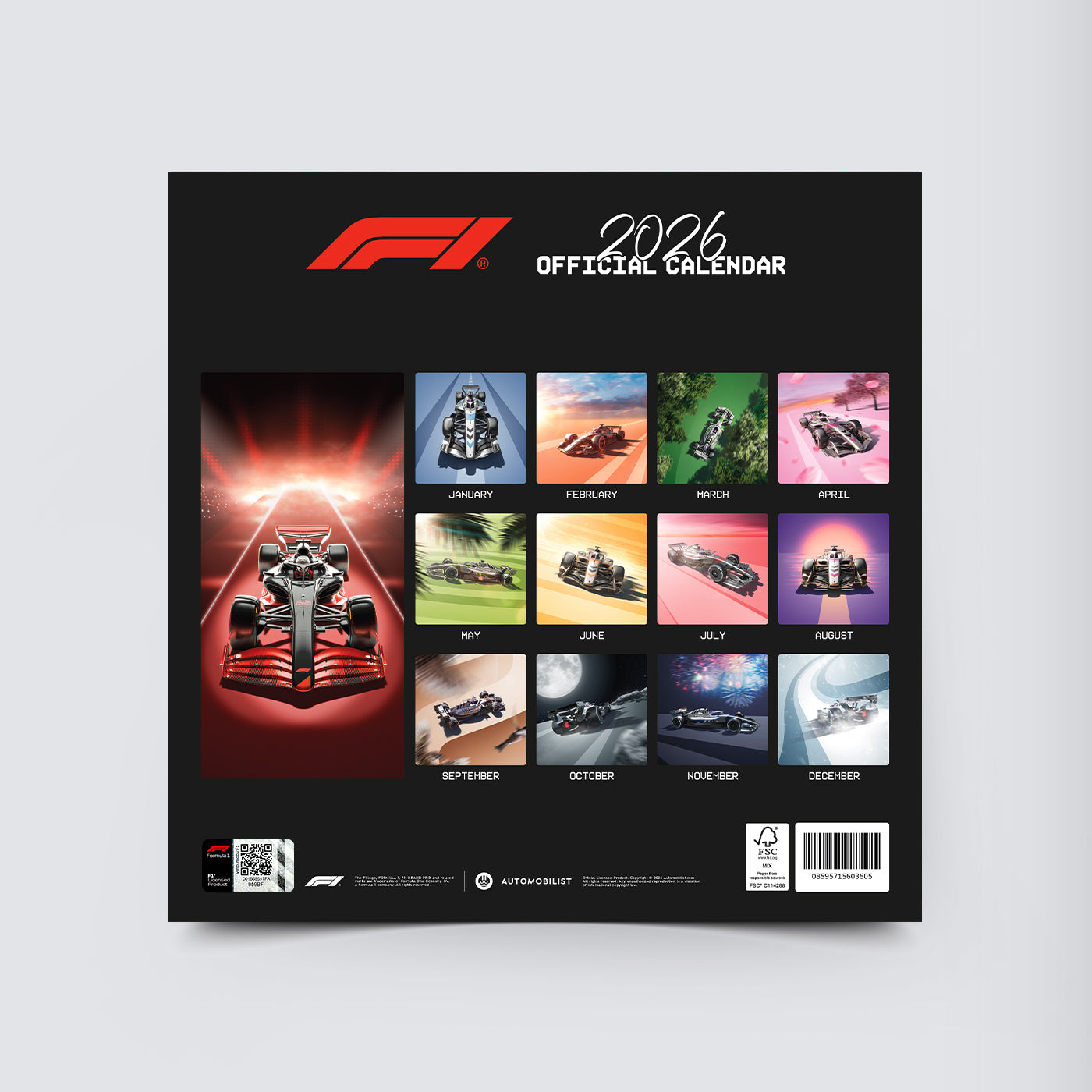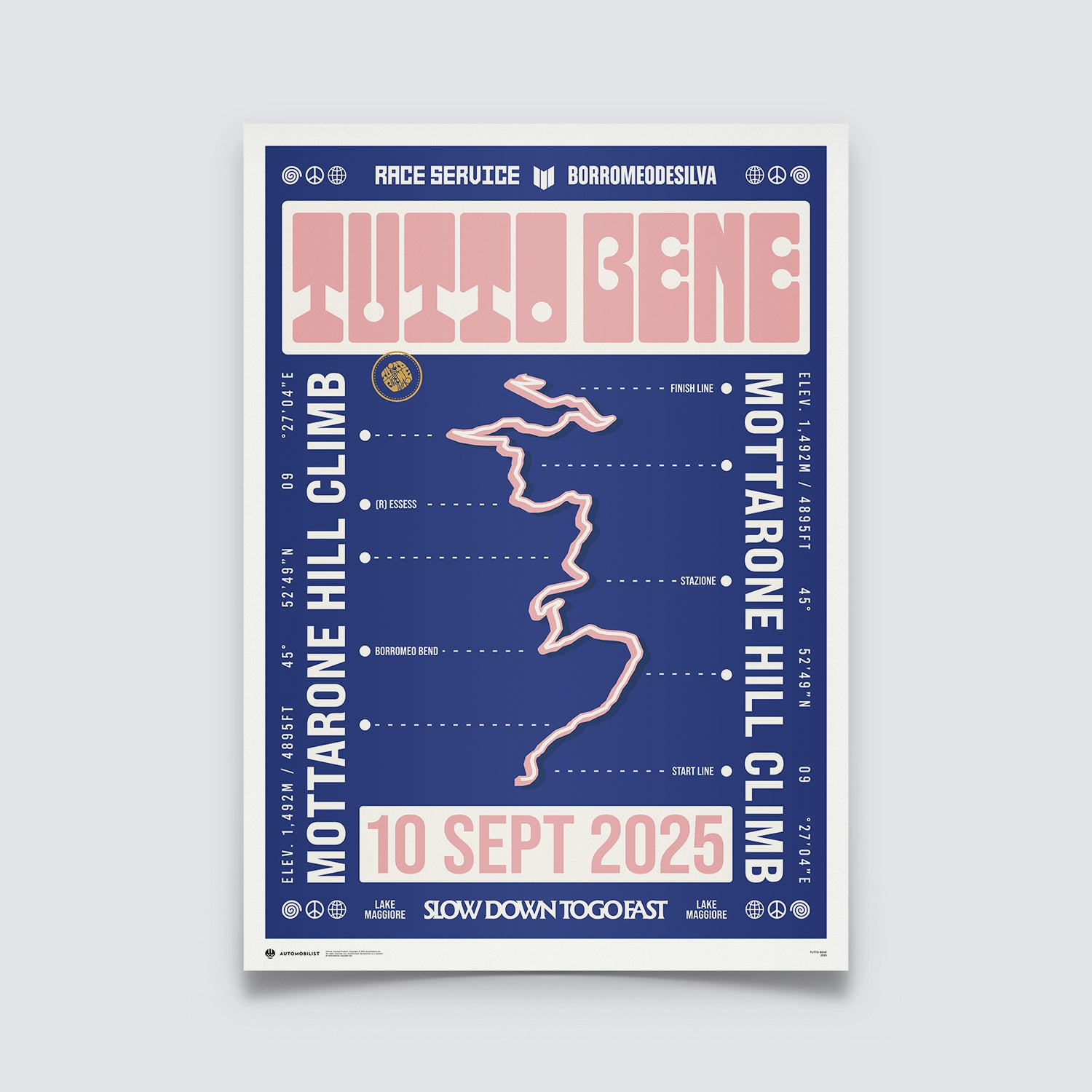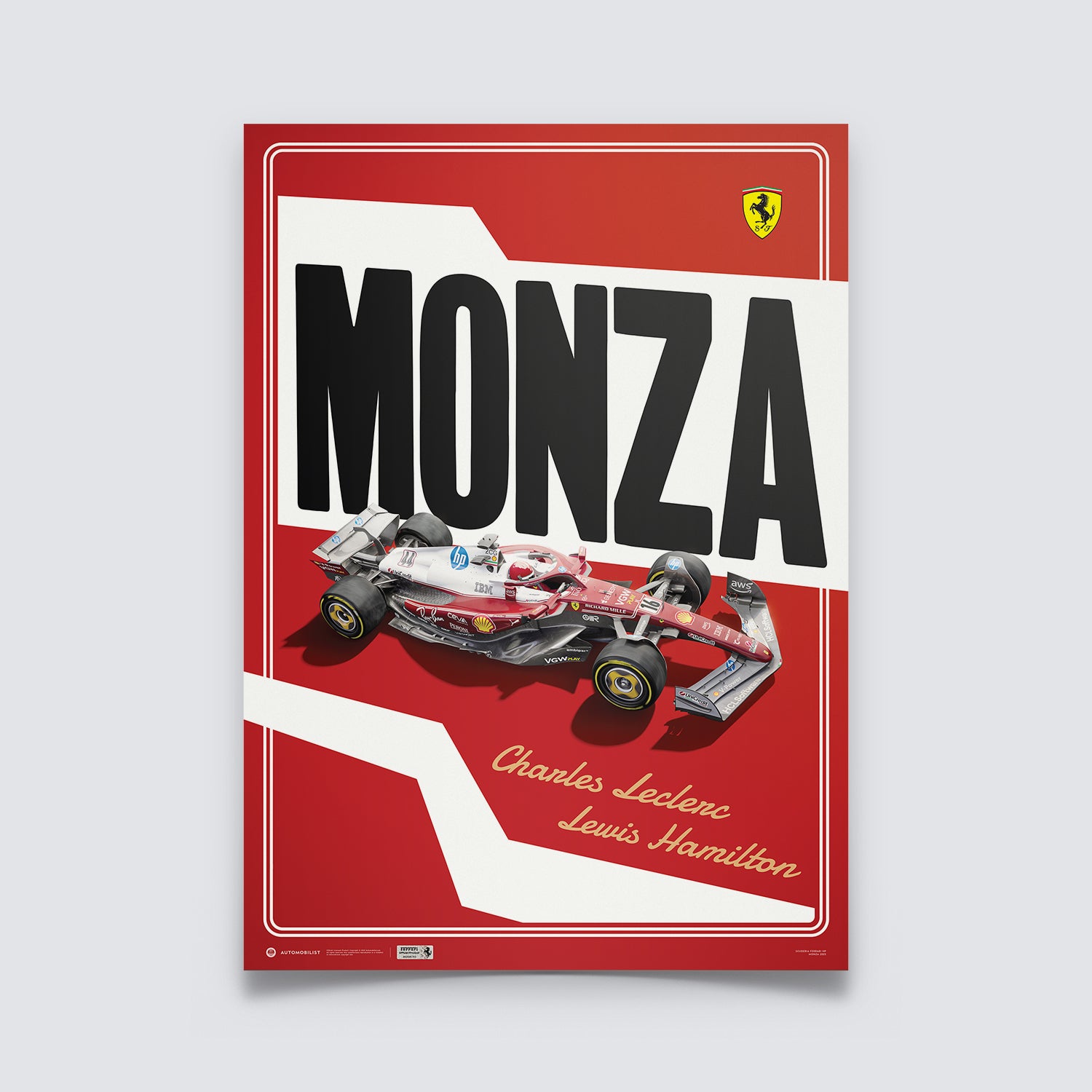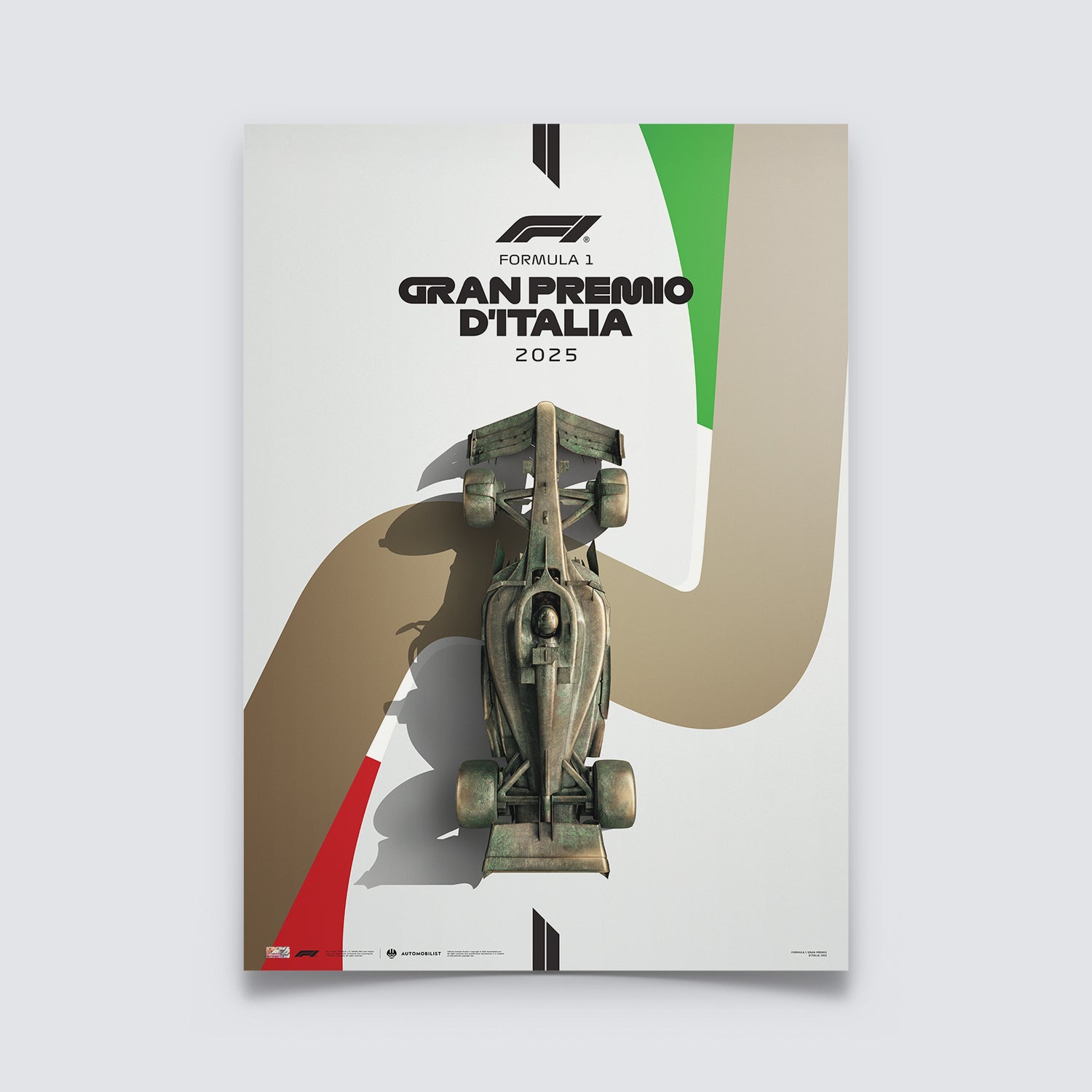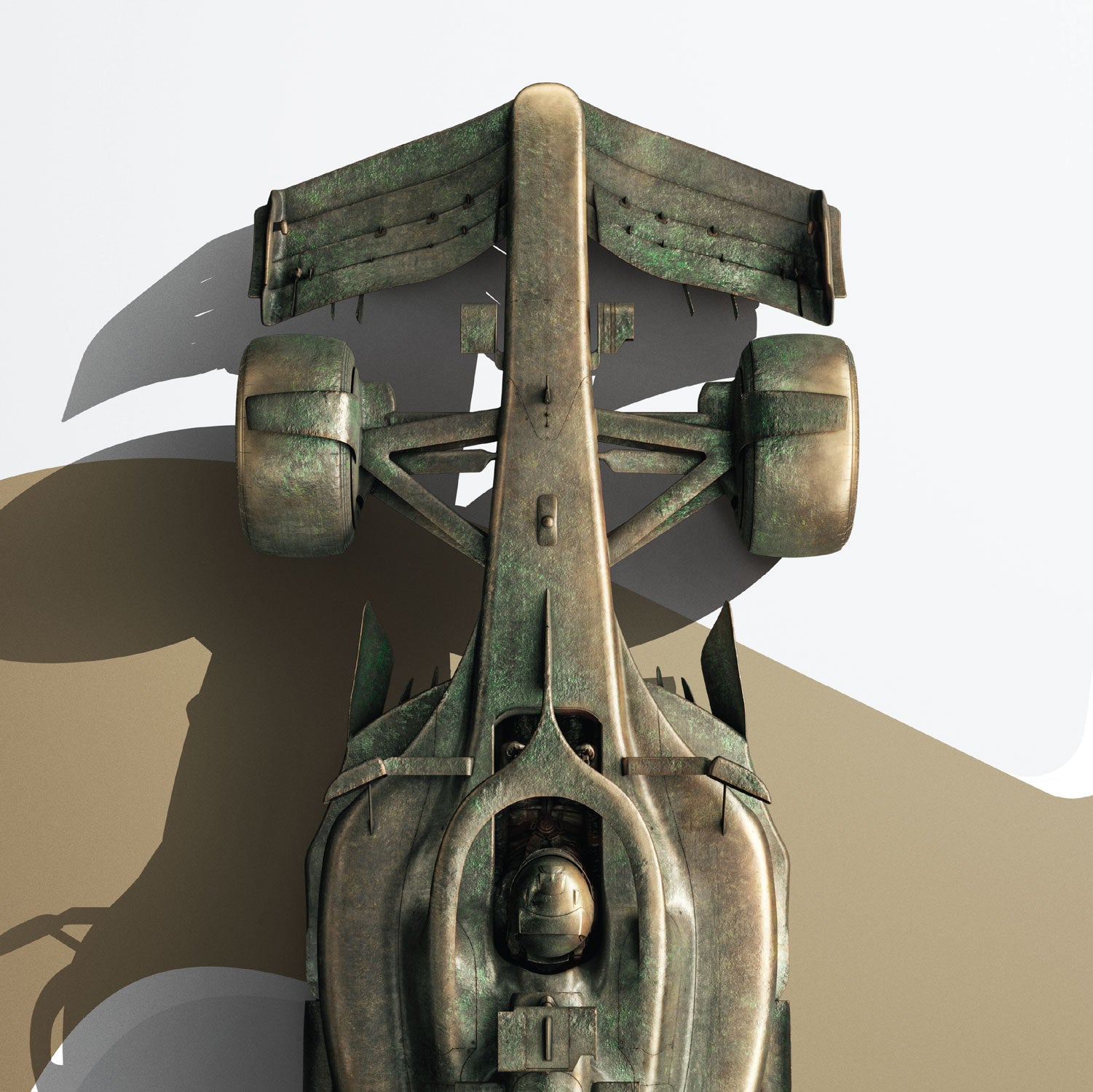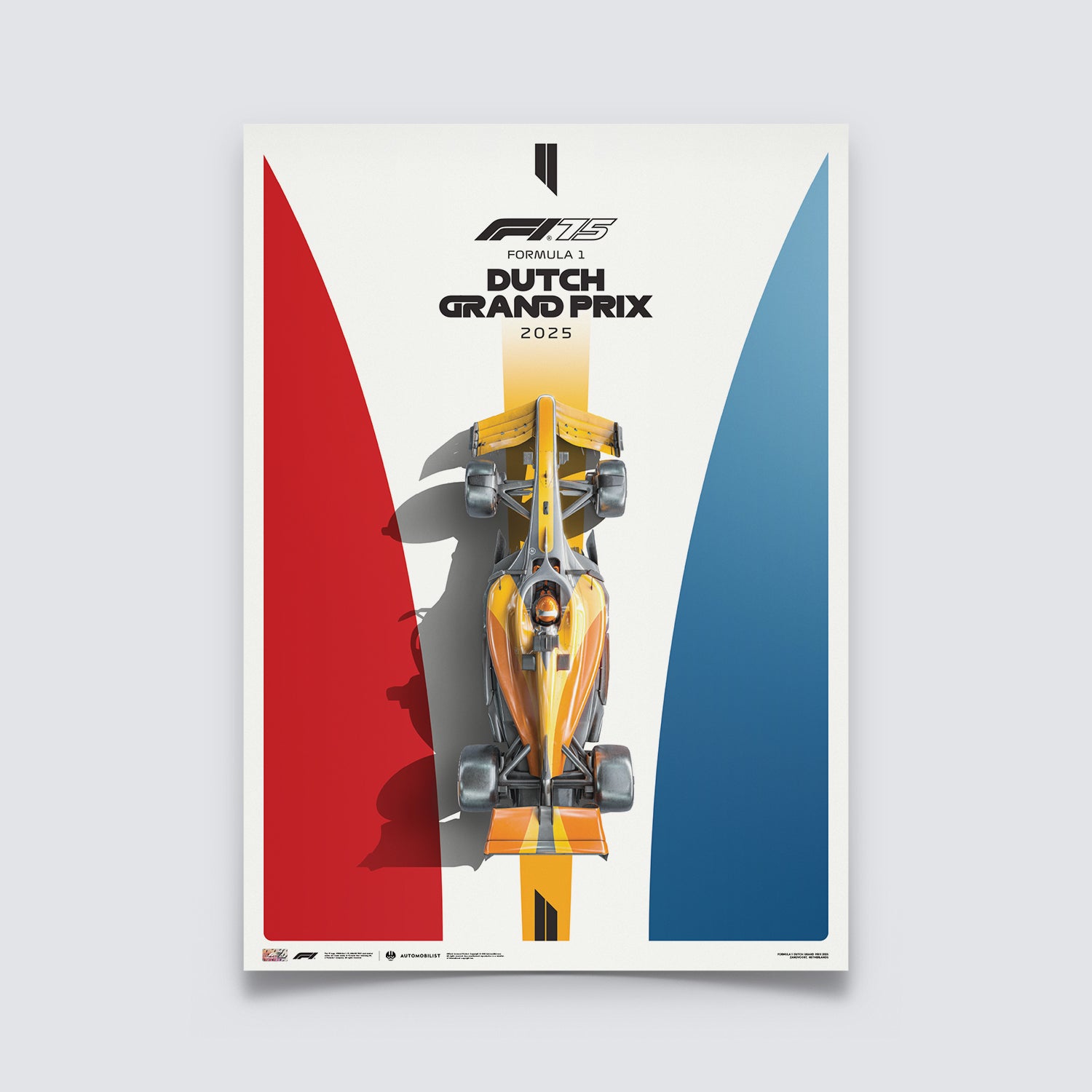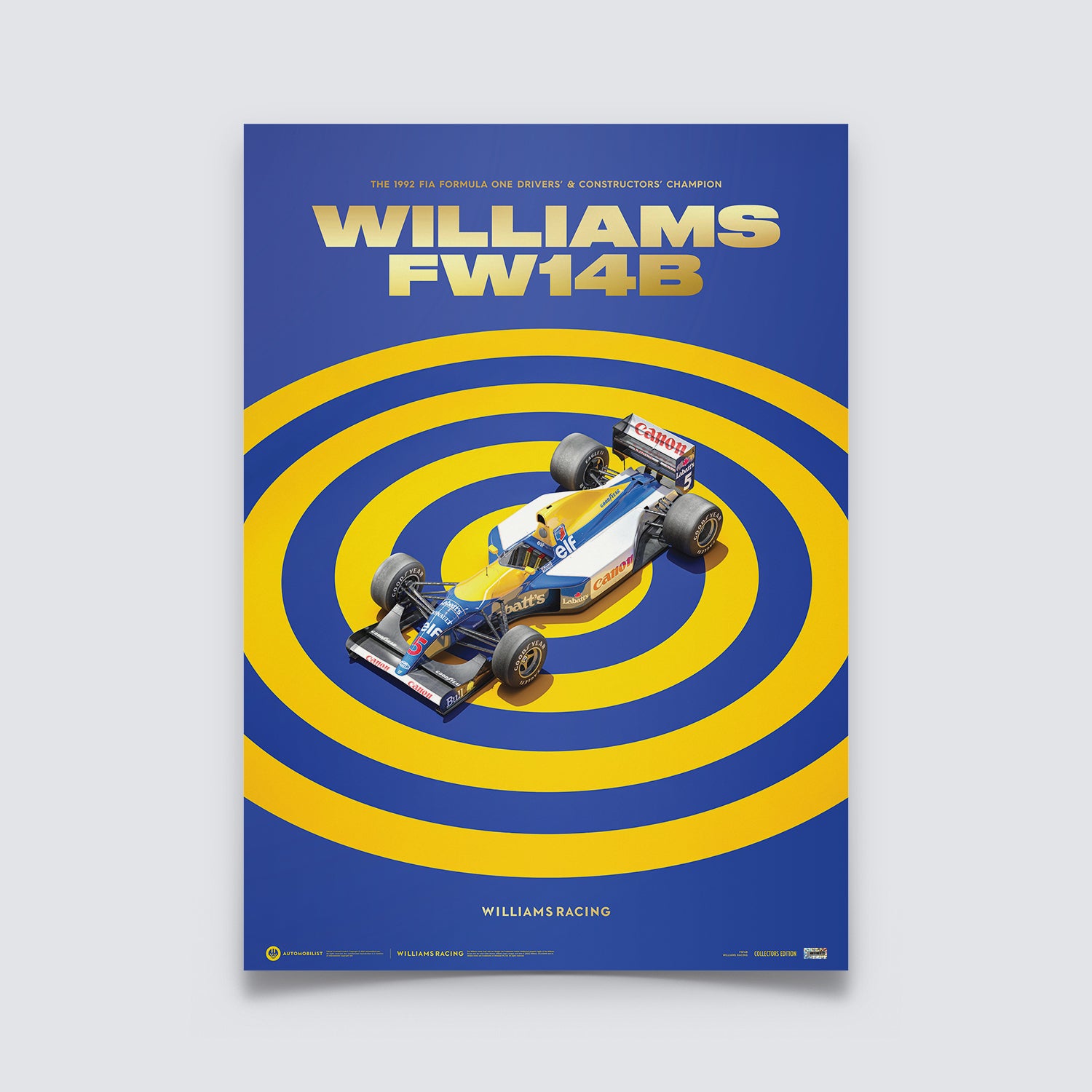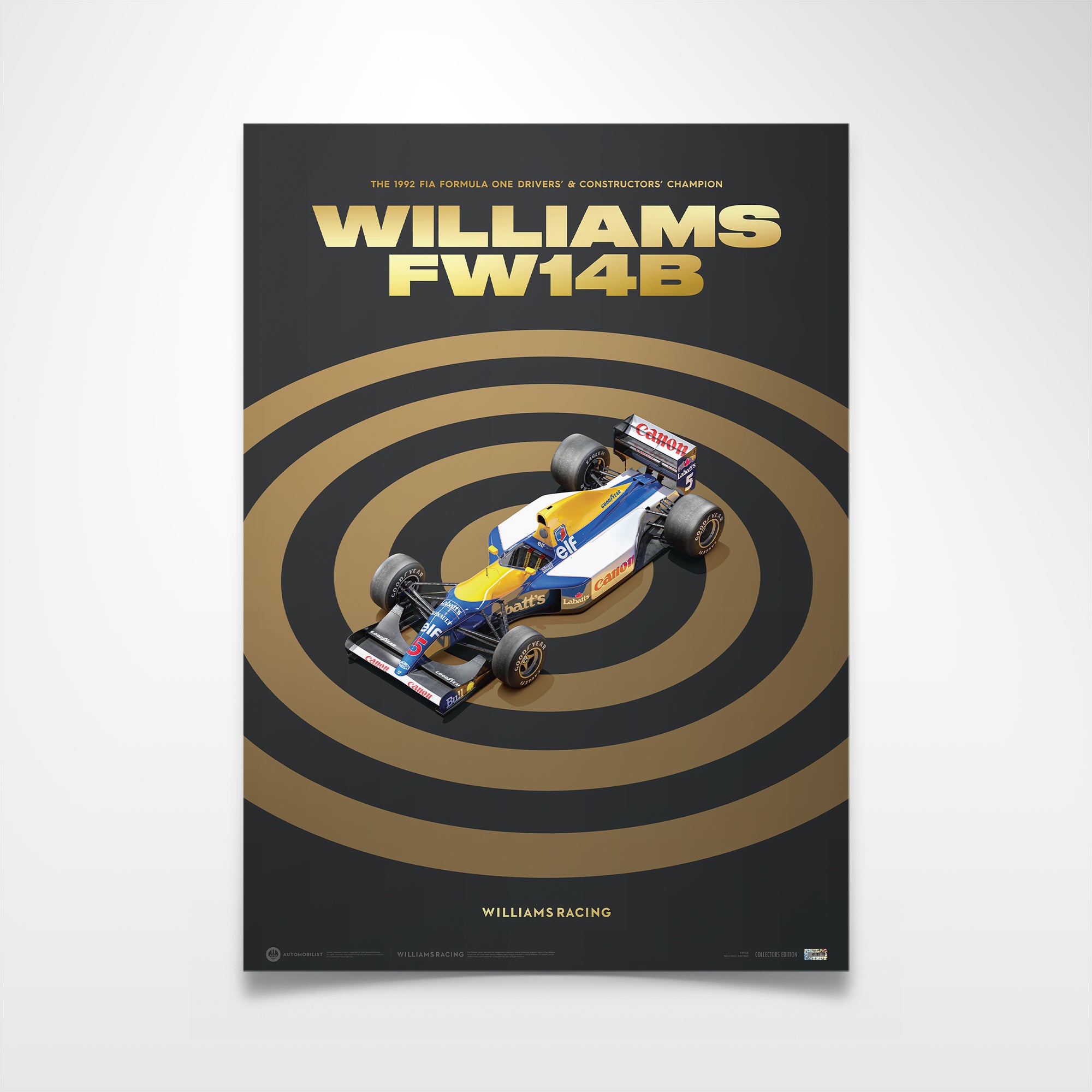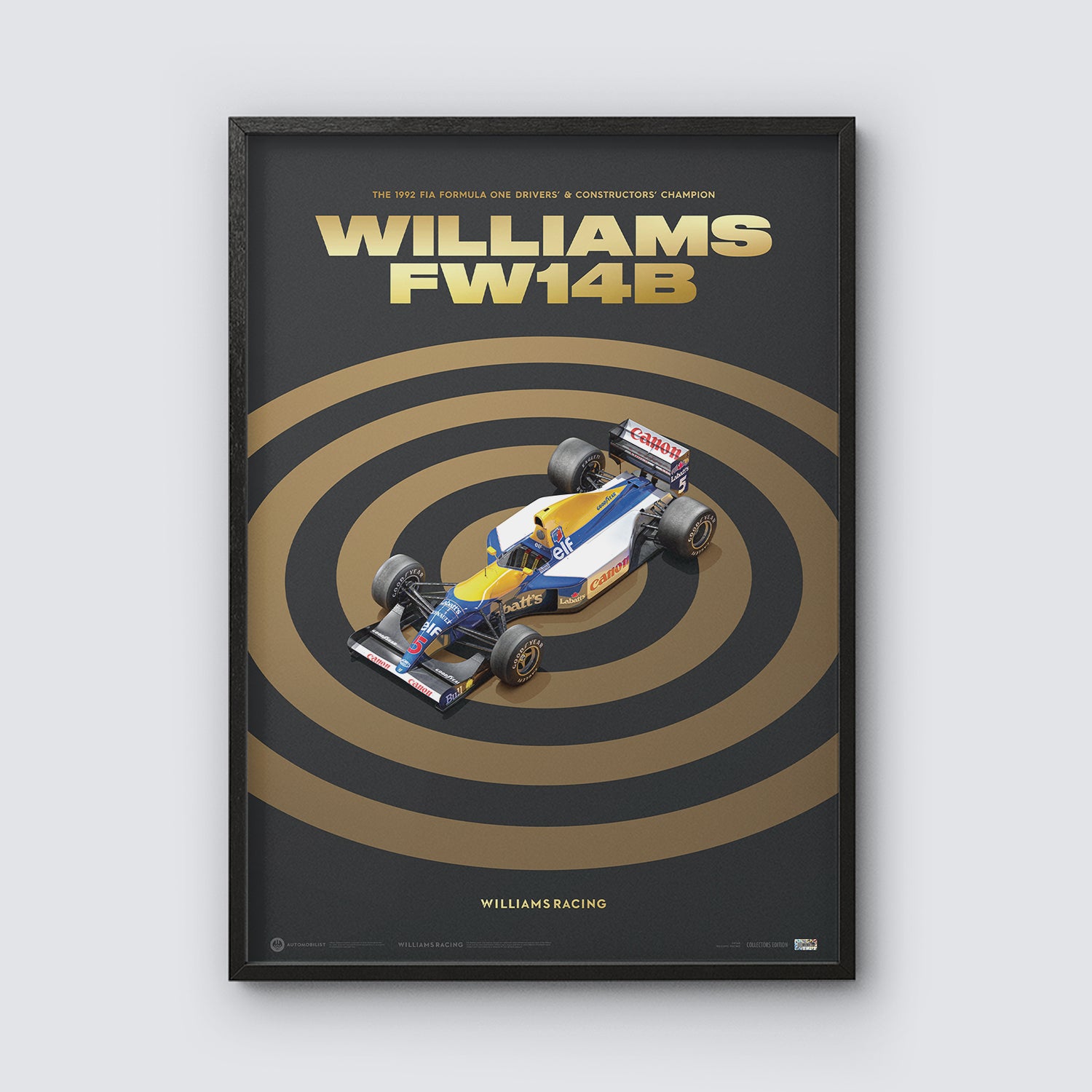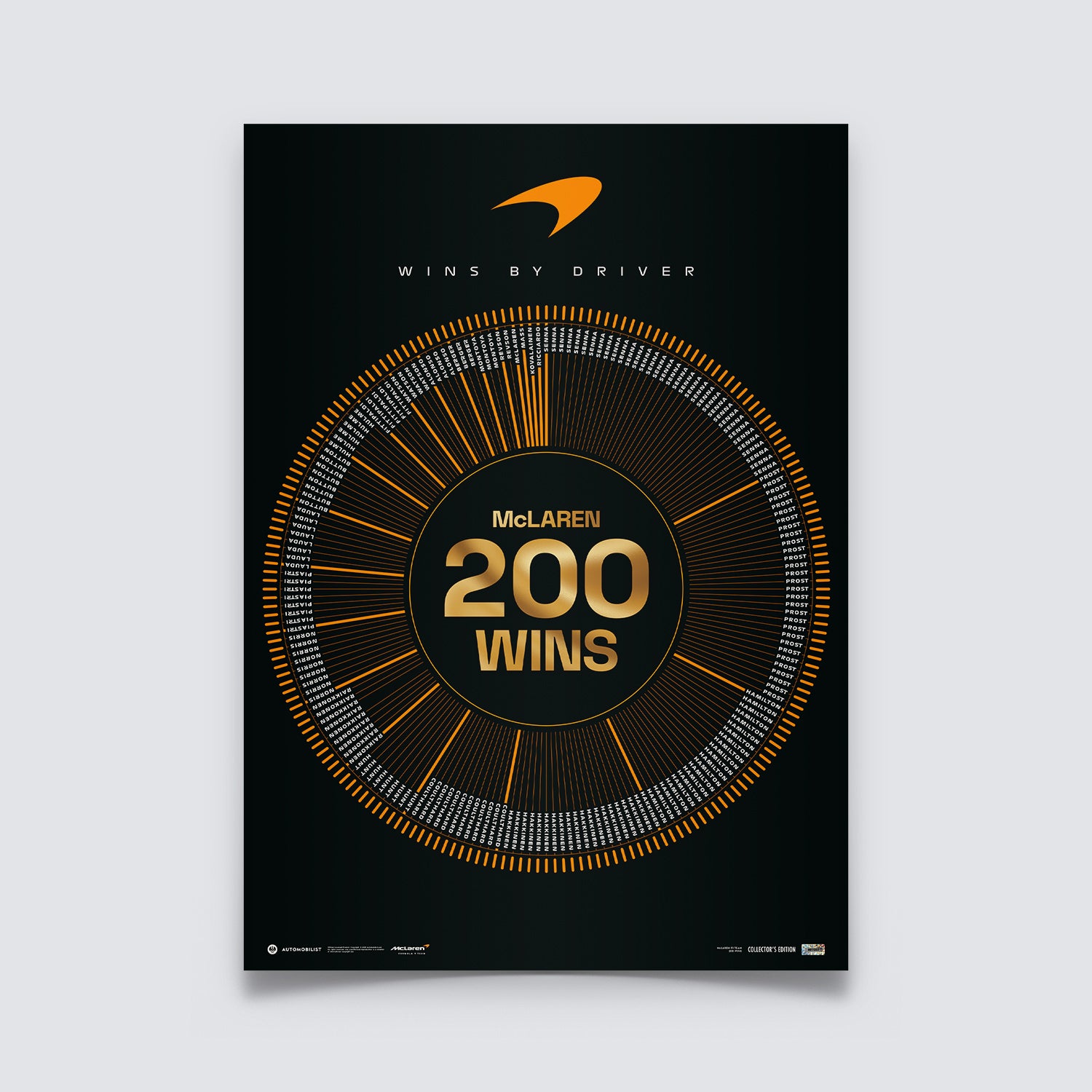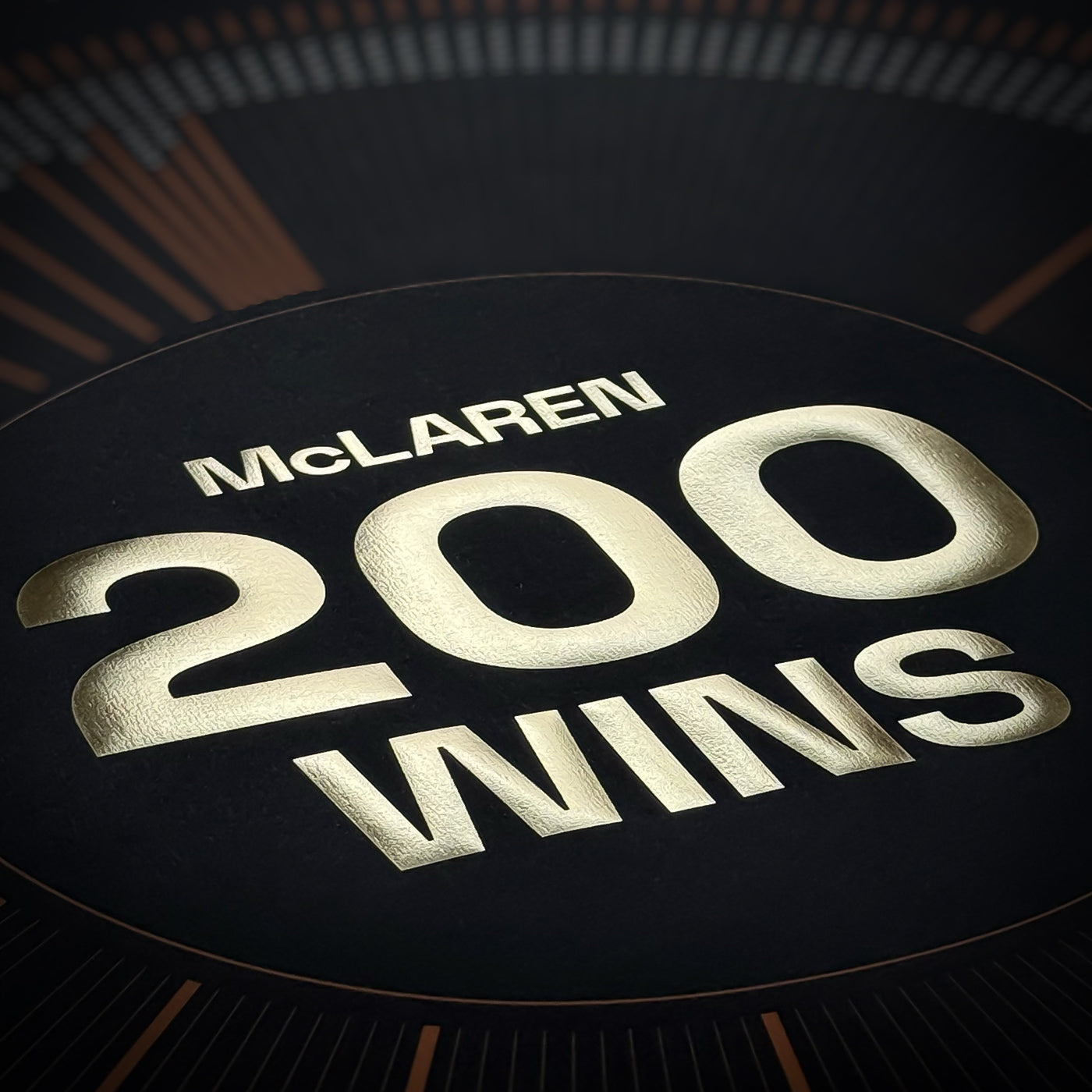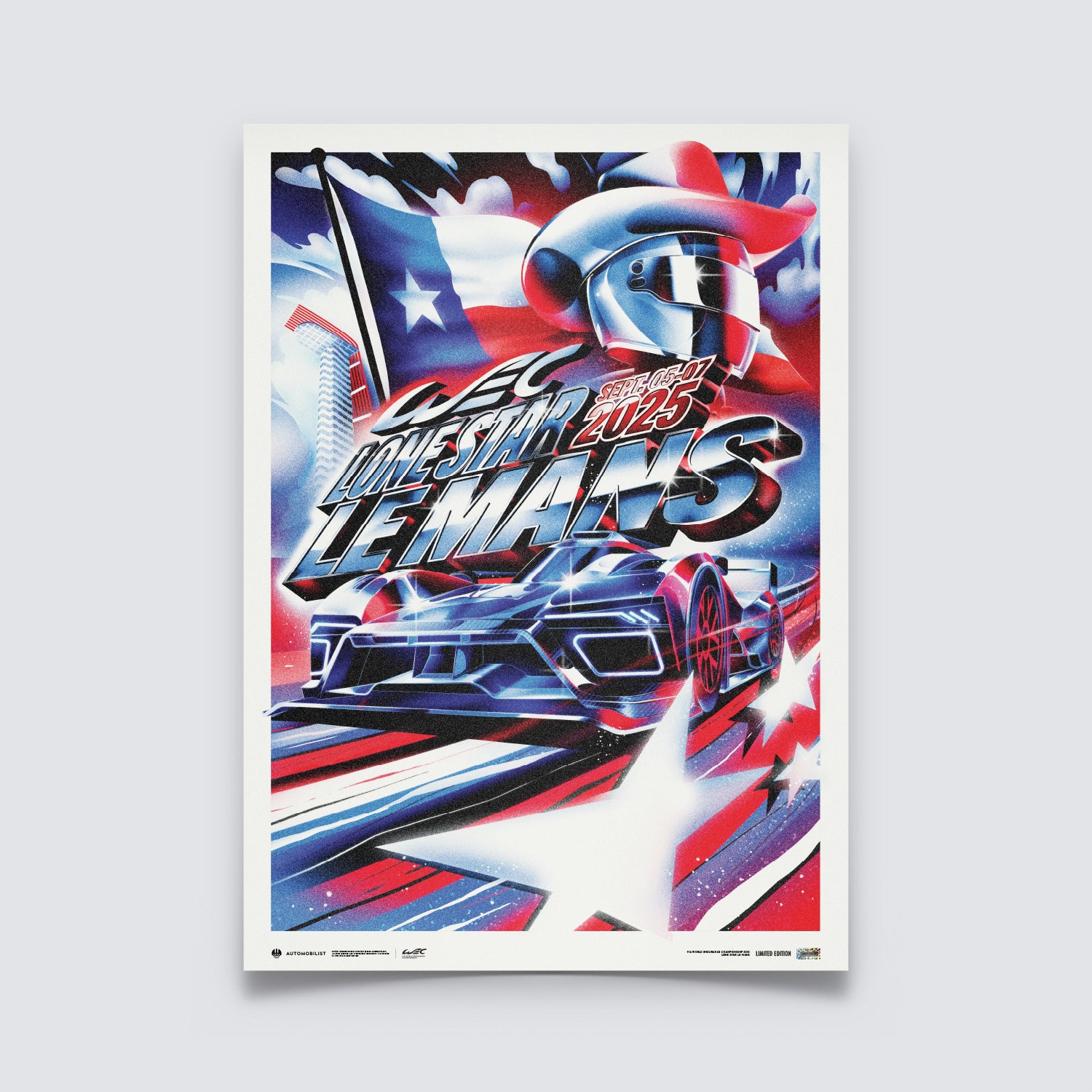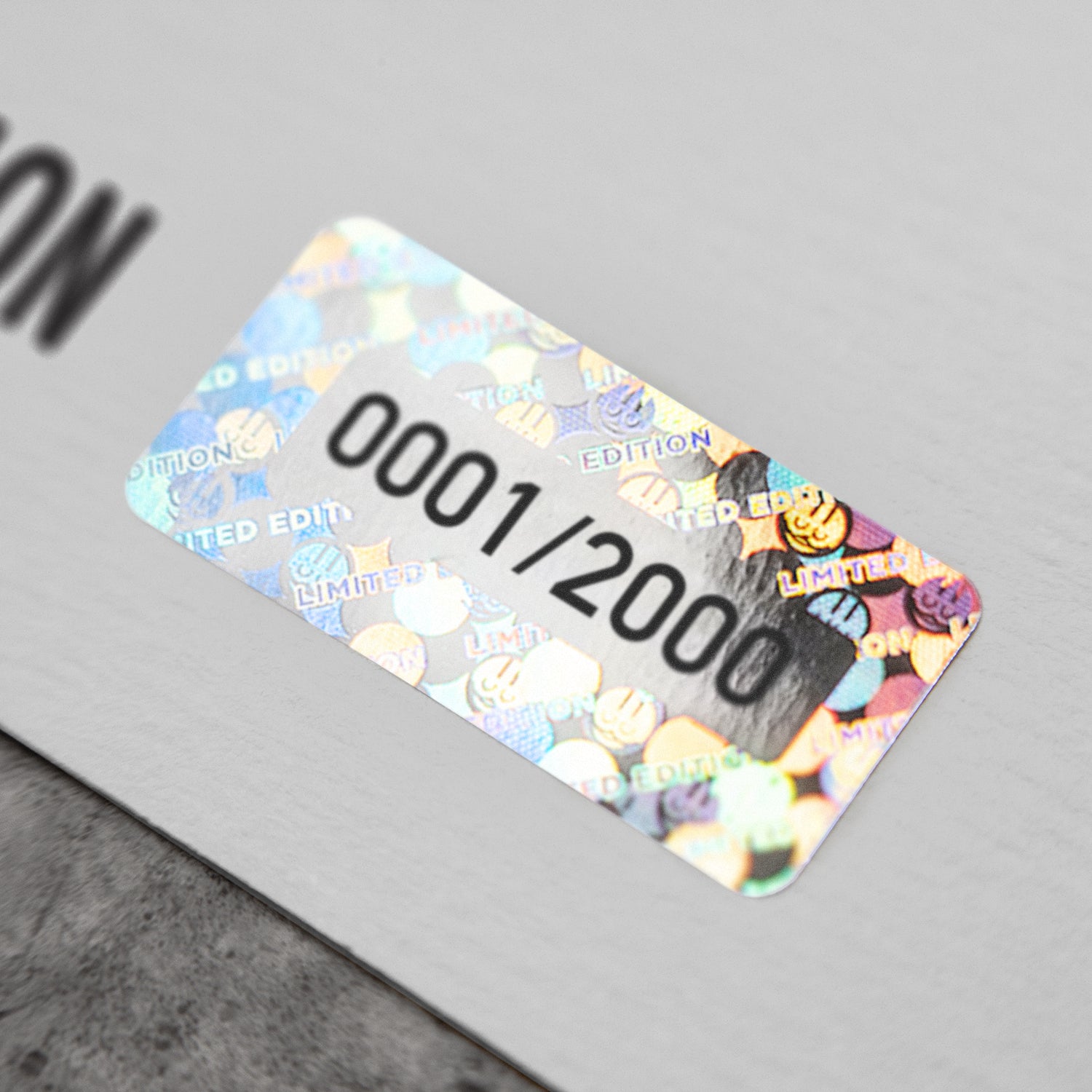It’s become a popular motor racing quiz question to produce a drawing of all the current F1 cars without their livery and ask those taking part to name the cars. Only the most obsessive fans get the right answers because F1 regulations are now so strict that all ten cars on the grid look very similar.
40 years ago, that wasn’t the case, with many different shapes produced by fertile design minds and the most striking of all just has to be the Tyrrell P34, the only six-wheeled F1 car to win a Grand Prix.
By 1975, Tyrrell Racing had gone from being a tiny “garagiste” operation running out of not much more than a shed at the family’s timber business, to one of the most respected teams on the grid. It had won the Drivers’ World Championship title with Jackie Stewart in 1969, 1971 and 1973 and the Constructors’ Championship in ’71. However, the 1974 and ’75 seasons had only produced two wins and, with most of the field running identical Ford Cosworth V8s, something clever on the chassis side was what all the teams were looking for to give themselves a competitive edge.
The man who came up with the idea was Tyrrell Racing’s designer Derek Gardner, who had first considered using more than four wheels, when he worked on the 1968 Lotus 4 wheel drive Indycar. Although its execution was complex, the theory behind the idea of having four small wheels at the front was relatively straightforward. With small 10 inch wheels almost hidden by the bodywork and front wing, the amount of lift generated was much less than that of normal sized wheels. This meant the car could run less aero downforce and drag at the front, increasing the car’s performance to the equivalent of 40 horsepower. Compared to current F1 science where increments are chased down to the nearest one hundredth of a second, with the P34 we were talking huge amounts of performance.
 Patrick Depailler is behind the wheel with Ken Tyrrell, Tyrrell Team Owner and Derek Gardner, Tyrrell Designer at the Tyrrell P34 Launch in Silverstone, late 1975. Image courtesy Motorsport Images
Patrick Depailler is behind the wheel with Ken Tyrrell, Tyrrell Team Owner and Derek Gardner, Tyrrell Designer at the Tyrrell P34 Launch in Silverstone, late 1975. Image courtesy Motorsport Images
The four tyres also put more rubber on the road, thus giving more front end grip, allowing the car to turn in faster, although some of this advantage was negated by the fact it was very easy to lock up the fronts, so the drivers had to lift off before turning into a corner. Additionally, the small wheels meant small brakes and these therefore tended to fade during the course of a race.
The P34 was revealed to the press at the end of 1975. All the media was there: after all, Tyrrell was a team with three World Championship titles to its name and was very much a front runner in the sport. On stage, under the dust sheet, the four front wheels were covered with a hoop, so that the car outline looked like that of a conventional four wheeler until the sheet was whipped off to gasps of amazement from the audience, several of whom assumed it was a joke or a hoax.

It did not appear at a race until the 1976 Spanish GP, the fourth round of the season. Only one of the P34s was available, for Frenchman Patrick Depailler, while team-mate Jody Scheckter was in a conventional 4-wheeler. It was immediately competitive with Depailler qualifying third, although brake problems ruined his race.
At the next round in Belgium, South African Scheckter was behind the wheel and finished fourth.
One interesting problem with the design was the fact the drivers could not see where the front wheels were, a vital requirement in order to hit the corner apex. To solve the problem, Perspex windows were cut into the side of the cockpit. That was particularly handy around the streets of Monaco which hosted the next race in which the Tyrrell pair finished second and third, but the zenith of the P34’s career came at Round 7, the Swedish GP at Anderstorp on 13 June. Scheckter qualified on pole and went on to win the race, with Depailler making it a sensational one-two for Tyrrell. There had been an amusing incident earlier in the weekend when the left “front” front wheel came off Scheckter’s car. Quite stable on its five remaining wheels, he drove back to the pits where the engineers bent over the cockpit to ask what the driver wanted, none of them having noticed the small matter of a missing wheel!
 The Swedish GP, with Jody Scheckter at the wheels of the Tyrrell P34, was to be the one and only win for a car with six wheels. Image courtesy Motorsport Images
The Swedish GP, with Jody Scheckter at the wheels of the Tyrrell P34, was to be the one and only win for a car with six wheels. Image courtesy Motorsport Images
The Swedish GP was to be the one and only win for a car with six wheels. Tyrrell continued with the P34, now the P34B, in 1977, with minor adjustments to accommodate Ronnie Peterson’s larger frame and height. Some redesign was also initiated for cleaner aerodynamics, but essentially the 1977 version was wider and heavier than before. ‘Super-Swede’ Peterson, who eventually notched up two runners up positions in the Formula 1 World Drivers’ Championship, took a third place finish in Belgium with the P34B.
The project was eventually shelved, partly because tyre supplier Goodyear was no longer willing or able to produce the small 10 inch wheels in such small quantities. Indeed, in 1983, after a few other teams experimented with, but did not race, cars with four wheels at the back and two at the front, the sport’s governing body ruled that a Formula 1 can only have four wheels and only two of them can be driven.
Images courtesy Hoch-Zwei and Motorsport Images


